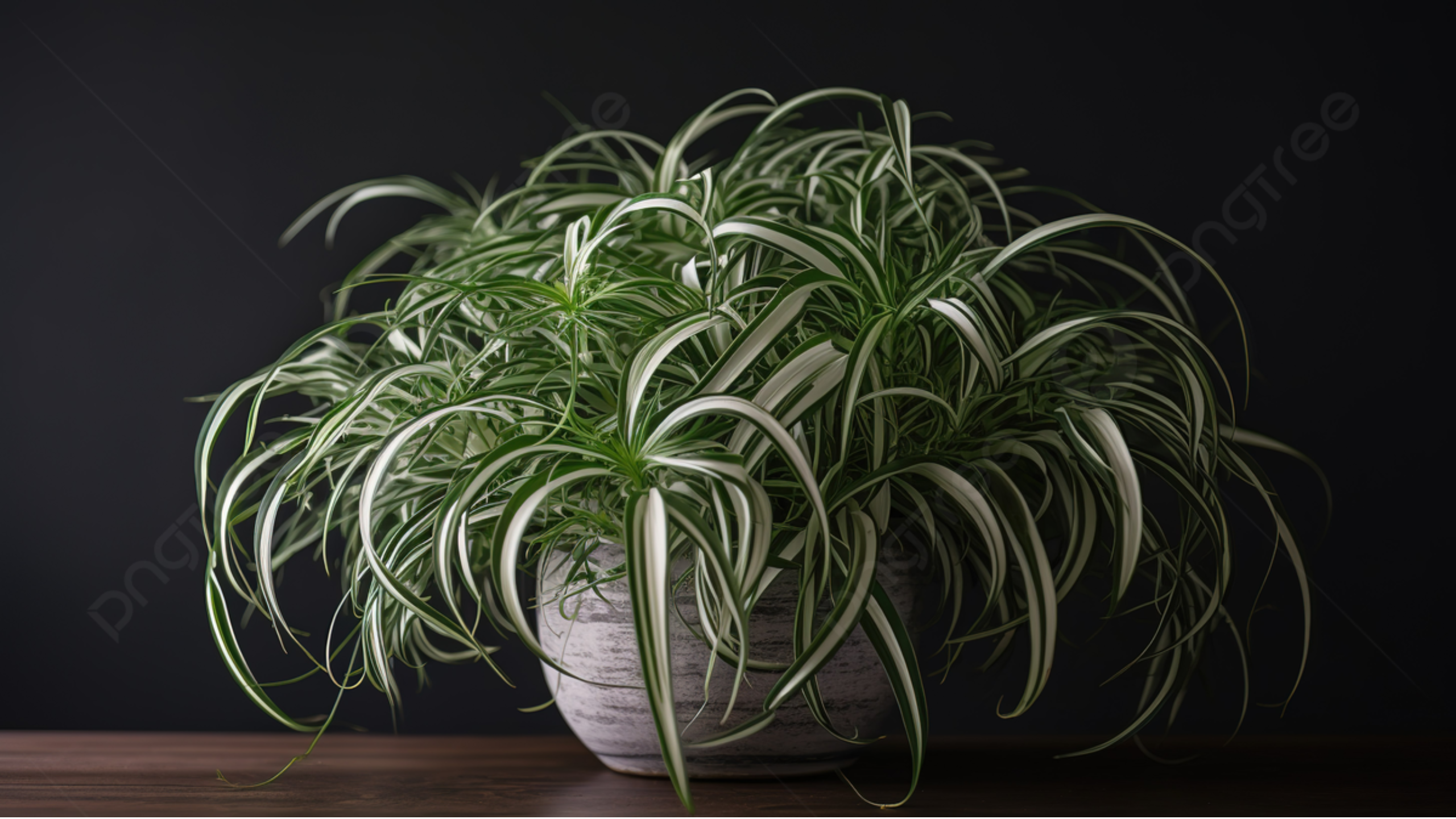Are you noticing that the tips of your herbaceous plants seem to be browning or wilting? It can be concerning to see your once vibrant, lush greenery deteriorate. Fortunately, most issues causing this are preventable and manageable with some simple adjustments. Let’s explore the main reasons behind this problem and discover practical solutions to bring your plants back to life.
Common Causes of Browning Leaf Tips
Understanding why your plants’ leaf tips dry out or turn brown is the first step toward fixing the problem. Here are the most typical causes:
1. Overwatering:
Too much water can suffocate roots, leading to poor nutrient absorption and root rot. When roots are damaged, plants can’t take up essential nutrients and water properly, which manifests as browning leaf tips. It’s like drowning your plant—deliberately or unintentionally.
2. Underwatering:
On the flip side, if the soil dries out completely and remains dry for too long, the plant can suffer from water stress. This leads to dehydration of leaf tissues, especially at the tips, causing them to turn brown and become crispy.
3. Improper Fertilization:

Using too much fertilizer or the wrong type can result in salt buildup in the soil, which can burn the roots and damage the leaves. Conversely, a lack of nutrients can also cause unhealthy, discolored tips.
4. Excessive Sun Exposure:
While plants need sunlight for photosynthesis, too much direct sun can scorch the leaves, especially in the hottest parts of the day. Browning tips are often a sign of sunburn.
5. Low Humidity:
Many herbaceous plants thrive in environments with moderate to high humidity. In dry indoor air or overly heated spaces, the plant’s leaves can dry out and develop brown edges. Regular misting can help maintain the moisture they need.
How to Restore Your Plants and Keep Their Leaves Lush and Green
Now that you know the potential causes, let’s look at effective strategies to revive your plants and prevent future issues.
Adjust Your Watering Routine
- Check the soil moisture regularly. A simple way is to stick your finger about an inch into the soil—if it feels dry, it’s time to water.
- Water only when the top inch of soil feels dry to avoid overwatering.
- Use well-draining soil to prevent water from stagnating around roots.
By finding the right balance, you’ll ensure the roots are healthy and capable of supporting vibrant foliage.
Fertilize Wisely
- Feed your plants roughly every 3 to 4 months during their active growing season.
- Use a balanced, water-soluble fertilizer suited for herbaceous plants.
- Avoid over-fertilizing, which can cause salt buildup and leaf burn. Follow the instructions carefully.
Optimize Light Conditions
- Place your plants in bright but indirect sunlight, especially if they’re sensitive to direct rays.
- If outdoors, seek a spot with morning sun and afternoon shade.
- For indoor plants, consider a location near east-facing windows, or use sheer curtains to filter harsh sunlight.
Maintain Adequate Humidity
- Increase moisture in the air by misting your plants daily with soft, filtered water.
- Group plants together to create a microenvironment with higher humidity.
- Use a humidity tray, placing pebbles and water beneath your plants’ pots, ensuring the pots are not sitting directly in water.
Prune and Remove Damaged Tips
- Carefully trim away browned or crispy leaf edges with clean scissors.
- Proper pruning not only improves the appearance but also promotes new, healthy growth.
Additional Tips for Healthy, Green Leaves
- Regularly wipe the leaves with a damp cloth to remove dust and allow better light absorption.
- Rotate potted plants periodically for even growth.
- Ensure your plants are not root-bound, meaning they’ve outgrown their pots—repot when necessary.
Final Thoughts
Browning leaf tips are a common issue for many herbaceous plants, but with attentive care, you can reverse the damage and keep your garden lush and vibrant. The key is observing your plant’s specific needs—adjusting watering habits, providing appropriate light, ensuring proper fertilization, and maintaining humidity.
Every plant is unique, so don’t hesitate to experiment and find what works best for yours. With patience and care, your plants can regain their health, filling your space with fresh, green beauty once again.


2 thoughts on “Why Do the Tips of Herbaceous Plant Leaves Turn Brown and Dry Out?”